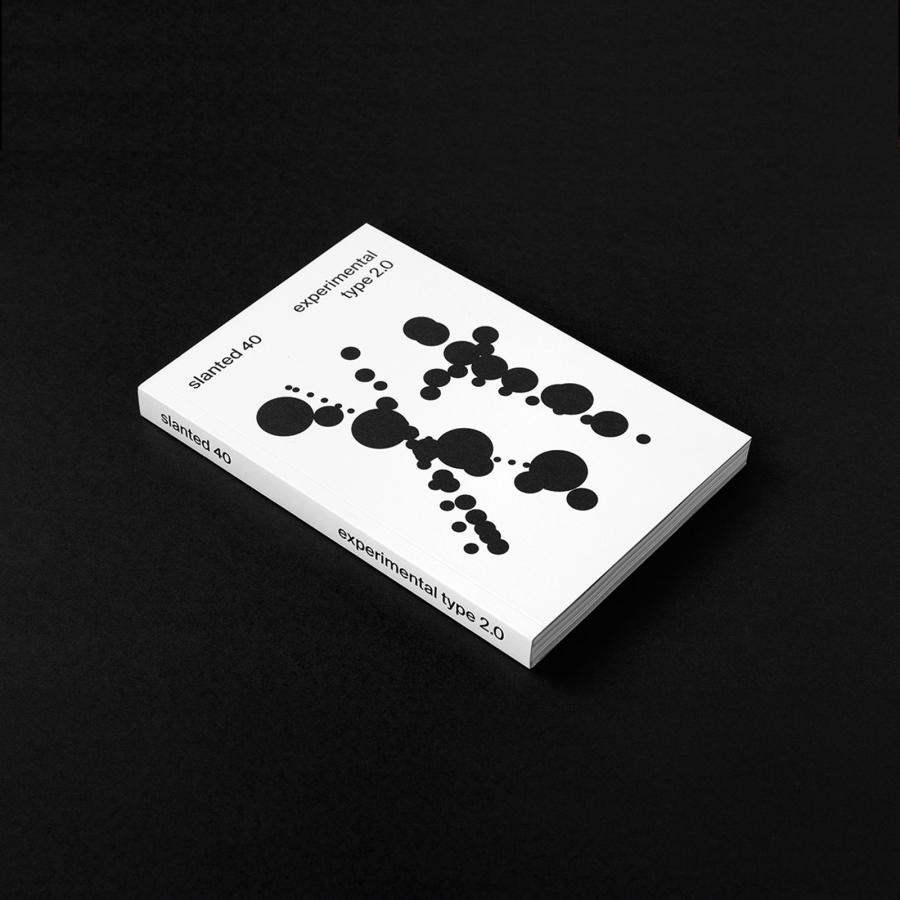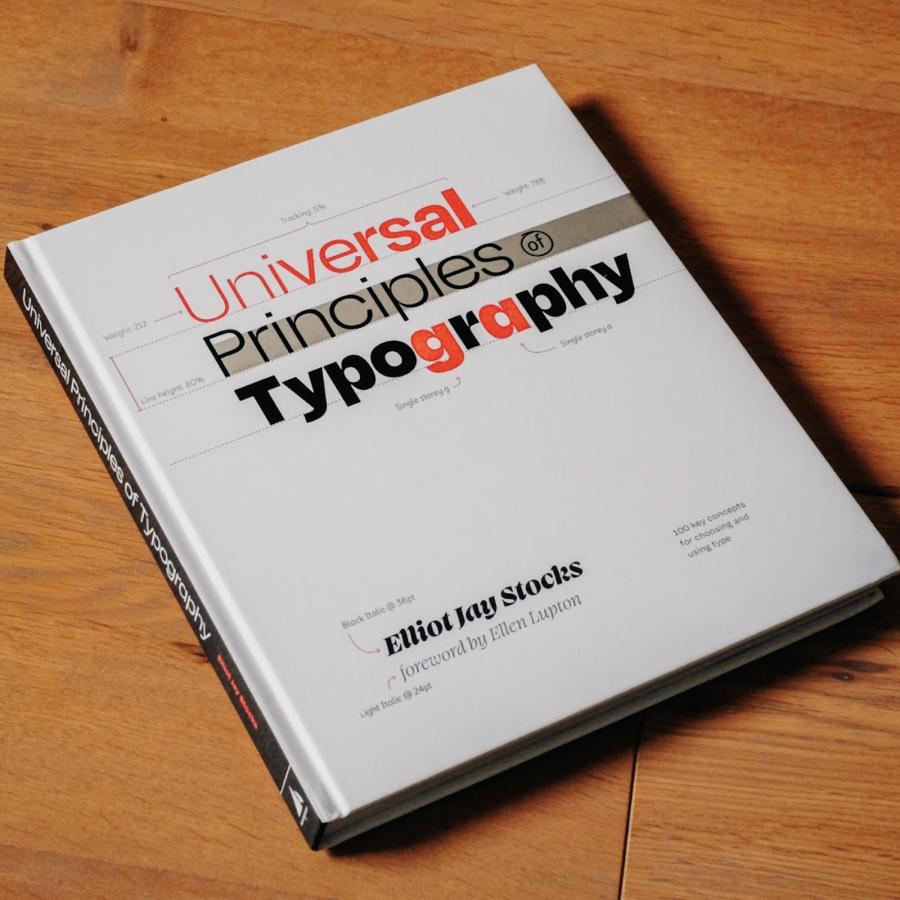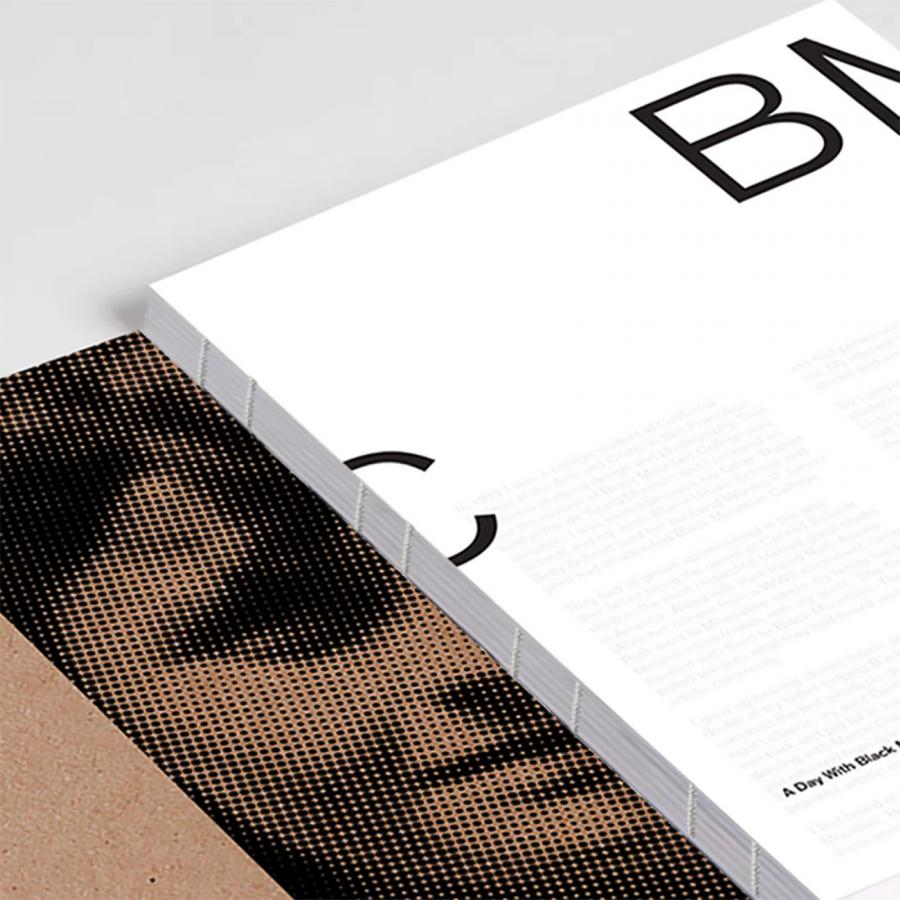by abduzeedo
A typographic inspired ‘variorum’ edition of ‘On the Origin of Species’ that highlights all the linguistic changes Charles Darwin introduced to the book since its first publication in 1859, by presenting them alongside the complete sixth and final edition of the book later published in 1872. The evolutionary format of this book allows you to compare all the alterations Darwin made over thirteen years due to his further understanding and testing on his own theories.
What you end up seeing in this soft-bound book you only see the punctuation marks, words, sentences and paragraphs that have been lost or edited over the last 162 years.
A number of brilliant digital and print based ‘variorum’ editions have been produced that utilize the amended texts taken from the 6 editions of ‘On the Origin of Species’ over the past decades. However, with this version, in a printed book format is a first. This unique artist’s edition isn’t read like a traditional book. You see the full text of the final edition of Darwin’s book displayed on the right page leaf, and all the corresponding changes he made which is presented on the left page leaf.
What you end up seeing in this soft-bound book you only see the punctuation marks, words, sentences and paragraphs that have been lost or edited over the last 162 years. This creates a visually interesting book whilst at the same time telling an amazing hidden story. All set from the original Victorian letter-pressed typesetting of the final edition printed in 1872.
The idea behind the project
Charles Darwin set sail on December 27, 1831. On his 5 year voyage, traveling around the world exploring and documenting the variety and adaptation he found in nature. It was on this famous journey that Darwin began to establish one of the most significant scientific theories in human history. The theory of natural selection. A controversial idea on evolution that shook both the scientific and religious communities at the time.
However writing the book wasn’t without challenge for Darwin, rewriting it six times during his lifetime, incorporating numerous amendments and corrections across the different editions. These ‘evolutionary changes’ are a result of Darwin’s own debate with his peers and critics, reconsideration of his theory, and changing ideas to make the text to be more or less objective in places. And also important to mention the influence from his own religious beliefs.
These ‘evolutionary changes’ are a result of Darwin’s own debate with his peers and critics, reconsideration of his theory, and changing ideas to make the text to be more or less objective in places.
The idea started as a graduation project for my typography / graphic design degree in London. Combining my interests of Darwin’s story on evolution and letter-press printing and book design, I started out with a rough theme for this project. Eventually it became clear to me that I wanted to create a book that visualised ‘the evolution’ of the story on evolution. By highlighting all those changes made between each of the six editions.
After a few years I decided to revisit the project, finishing off the remaining 13 chapters to complete and publish the book. The research and design of the remaining chapters took me several years to complete. Over that time, I analysed and compared by hand, each of the 6 editions simultaneously to track the alterations and changes made between the different editions.
Once I had completed this step, I then typeset the ‘lost text’ on the left page, and to match the final book text on the right page. All of this had to be done manually in order to recreate the exact layout of the letter-pressed edition of the book released in 1872.
The end result of this project created a 964 page book, 21 x 13.5 x 3.8 cm in size. The book is printed on semi-transparent 30gsm bible paper (a reference to an ‘atheist’s bible’ if you will), The sixth edition text is printed with black ink, and the ‘lost’ or ‘evolved’ texts are highlighted with special metallic bronze ink to more easily compare between the different versions.
A complete version of the book can be read and explored online and in full at:
- Instagram: DarwinEditions
- Twitter: @DarwinEditions
About Simon Phillipson
A brief history about myself and why I started this project: I’m an British Graphic Designer based in Amsterdam, having moved from London after studying at The London College of Communication a few years ago. I like to have a number of self initiated projects running alongside the ‘day job’ as an Art Director at a Creative Agency in Amsterdam.







